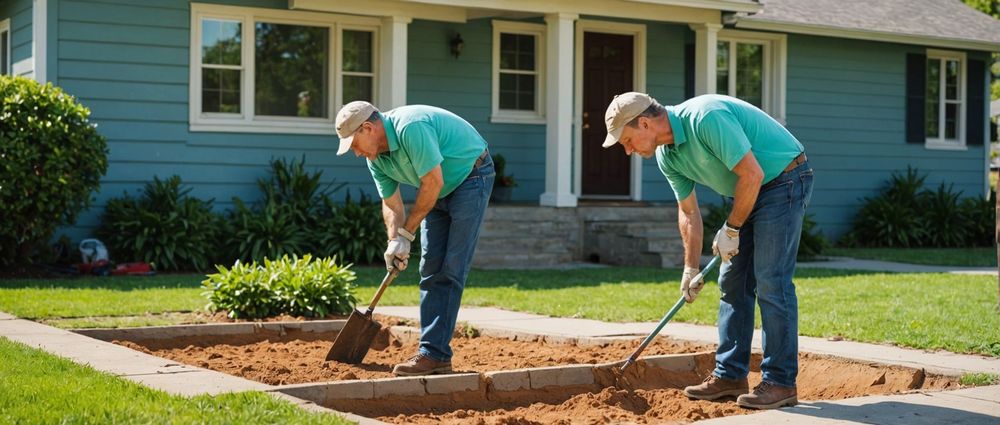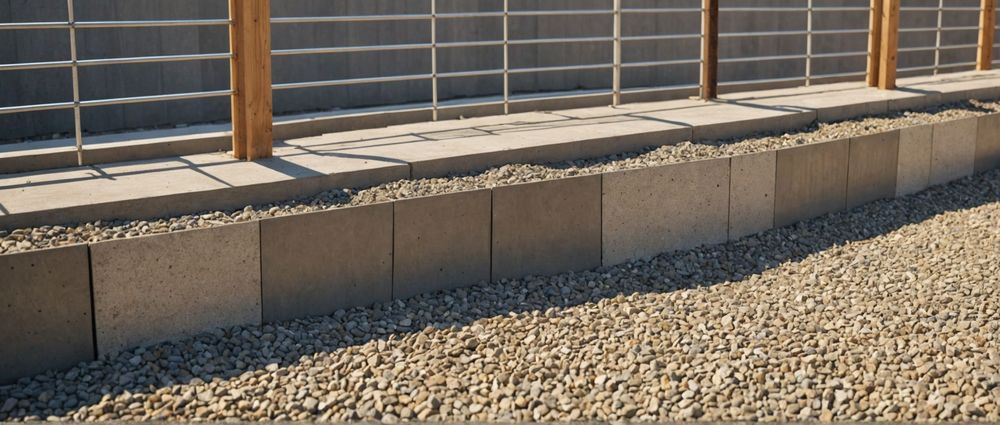Termites can be a homeowner’s nightmare, causing significant structural damage and leading to costly repairs. Fortunately, there are several effective strategies to prevent these pests from infiltrating your property. This article will delve into the secrets to keeping termites at bay, providing insights on preventative measures you can implement to protect your home.
Understanding Termite Behavior
To effectively prevent termites, it’s crucial to understand their behavior and lifestyle. Termites are social insects that thrive in colonies, feeding primarily on wood and cellulose materials found in plants and vegetation. They are attracted to moist environments and are particularly drawn to damaged wood, which is easier for them to burrow into. Therefore, understanding where termites are likely to thrive can help homeowners devise strategies to keep them at bay. Moreover, there are various species of termites, such as subterranean, drywood, and dampwood, each with their unique habits and habitats. By recognizing their behavior, you can better tailor effective strategies to prevent an infestation.
1. Maintain Your Property’s Cleanliness

A clean and well-maintained property is one of the first lines of defense against termites. Regular cleaning eliminates debris and potential nesting sites that attract termites. Here are several practices to maintain cleanliness:
- Clear away any wooden debris or dead plants from your yard.
- Store firewood at least 20 feet away from your home and elevate it off the ground.
- Remove any old tree stumps or roots left in the ground.
- Ensure your gutters are clean and functioning to prevent water build-up near your foundation.
- Keep mulch and soil levels at least 15 inches away from your home’s foundation.
By implementing these strategies, you can significantly reduce the likelihood of termites finding a suitable environment to settle and reproduce.
2. Manage Moisture Levels
Termites thrive in moist conditions, making moisture control essential for prevention. Here are several strategies:
- Fix leaks in your plumbing or roof to eliminate water sources.
- Ensure proper drainage around your home to direct water away from your foundation.
- Utilize dehumidifiers in damp areas like basements and crawl spaces.
- Install vapor barriers in crawl spaces to prevent moisture accumulation.
- Regularly check and maintain your sump pump to ensure it functions correctly.
By effectively managing moisture levels around your property, you can make it much less attractive to termites and reduce the risk of infestation significantly.
3. Regular Inspections and Maintenance

Routine inspections and maintenance are vital to early detection of potential issues. Regularly check your property for signs of termite activity such as mud tubes, discarded wings, or damaged wood. It is wise to schedule annual inspections with a pest control professional who can identify hidden problems that may not be visible to the untrained eye. Additionally, if you live in an area known for termite activity, consider having preventative treatments applied to your property. Taking proactive measures allows you to catch any potential infestations early, saving you time and money in the long run. Awareness and vigilance are key components in maintaining a termite-free home.
4. Use Physical Barriers
Physical barriers are one of the most effective ways to prevent termites from invading. Incorporating various materials during construction or renovations can provide added protection. Some examples of physical barriers include:
- Stainless steel mesh, which can be installed in walls and foundations.
- Sand barriers, specifically designed to deter subterranean termites.
- Concrete slabs that act as a barrier against termite entry.
- Crushed stone, which makes it difficult for termites to tunnel through.
- Treated wood, as it is chemically engineered to resist termite infestation.
Implementing these physical measures can be an effective way to establish a fortified defense against potential termite attacks.
Conclusion
Protecting your property from termites requires a multifaceted approach, including maintaining cleanliness, managing moisture levels, conducting regular inspections, and employing physical barriers. By understanding termite behavior and taking proactive measures, homeowners can significantly reduce the risk of infestation. Remember, early detection is key; the sooner you identify potential issues, the easier and less costly it will be to address them. Implement these strategies not only to keep termites away but also to safeguard the integrity of your home.
FAQs
1. How can I tell if I have a termite infestation?
Look for signs such as mud tubes on walls, discarded wings near windows or doors, and hollow-sounding wood. These are all indicators that termites may be present.
2. Can I use DIY methods to prevent termites?
While some DIY methods like essential oils or boric acid can help, it’s often best to consult with a pest control professional for the most effective prevention strategies.
3. How often should I have my property inspected for termites?
It is recommended to have your property inspected for termites at least once a year, especially if you live in an area prone to termite activity.
4. Are there any plants that can repel termites?
Some plants, such as marigolds and vetiver grass, are believed to repel termites, but they should not be relied upon solely for prevention.
5. What should I do if I find termites in my home?
Contact a professional pest control service immediately to assess the situation and implement a treatment plan as quickly as possible.
